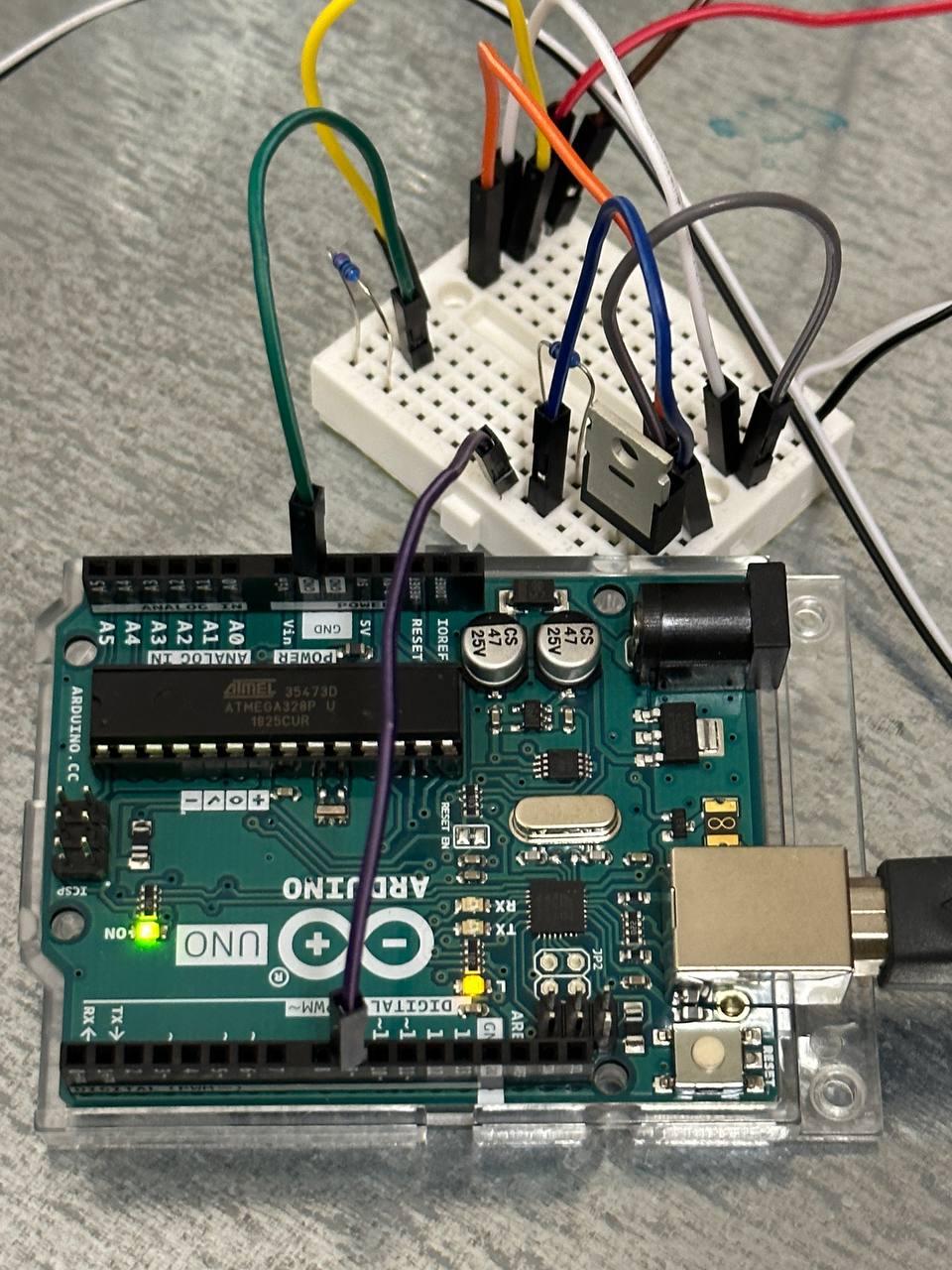It is what it is
Introducing an exploration of the in-between, this series of 100 hand-made Luminograms is an experiment
between analogue and digital. These works pay homage to the concrete photography movement, a form that seeks
freedom from representation, focusing on the materiality of the medium itself, to create art that is simply
itself, in accordance with Max Bense's observation of concrete art as the non-abstract.
.jpg)
It is what it is at Untitled Art booth in Miami 2023
‘Dimensionality’ exhibition by
TENDER
.jpg)
It is what it is at Untitled Art booth in Miami 2023
‘Dimensionality’ exhibition by
TENDER
In the context of the release of this series, Charles Damga from Foundation and Marcel Schwittlick had a talk about some of the background. Read it here
.jpg)
It is what it is #3
.jpg)
It is what it is #38
In this collection, we delve into the curious realm of Luminograms, an exploration uniting the worlds of
photography and generative art. The project is a humble experiment, a gentle probe into the nebulous spaces
between the analogue and digital, where the concrete meets the abstract. Drawing inspiration from the
traditions of concrete photography, this series offers a glimpse into a domain freed from the constraints of
representation, where images are liberated from their duty to depict, instead existing solely as themselves.
It's a journey into the sensory discrepancies between the human eye and the photographic paper, where we
perceive continuous light, while the paper reveals the undetected flickering of a laser. This process is a
deeply immersive dance between the artist, the apparatus, and the algorithm, an exchange that engages the
body, the mind, and the heart, and resists externalization or mass production. The guiding light in this
adventure is the book Generative Fotografie, by Gottfried Jäger, which explores the transformative potential
of the photographic apparatus and the emergent aesthetics of algorithmic art.
.jpg)
It is what it is #55
.jpg)
It is what it is #95
Influenced by the ideas in the book Generative Fotografie by Gottfried Jäger, these Luminograms reveal how the human eye and photographic paper perceive differently, the latter capturing the fast pulse-width modulation (PWM) flickering of a laser that our eyes miss. This series represents a passionate exploration of the interplay between perception, the medium, and the algorithm.
.jpg)
It is what it is #59
.jpg)
It is what it is #61
In the words of Megan Ringrose, "The concrete method proceeds in the opposite direction, inductively. It starts with the particular, 'nothingness', the non-visible, for example, a thought, an idea, and allows a new 'object' to emerge from this: a complex whole, a construct. The resulting image is new, visible, yet quite different... It is something unique; it is itself."
.jpg)
It is what it is #66
.jpg)
It is what it is #32
These Luminograms, therefore, are neither icons nor symbols. They are not representational, but rather, they
are a new form of reality. They are the result of an immersive process that involves the body, a process
that cannot be externalized or mass-produced. It is about the conception of the apparatus and the algorithm,
a form of 'apparative kunst' where the device determines the style. As such, these artworks capture the
essence of the 'gestalterische zielsetzung der photographie', the artistic intention of photography, where
the artist is an integral part of the process.
.jpg)
A WIP shot from the process. A regular green laser is moved over photographic paper, exposing it to
light- drawing with light. In the next step, the paper is developed and fixed using the usual method
of photo development.
.jpg)
A selection of editions right after drying
.jpg)
A typical 5v laser attached to a pen adapter fitting a plotter

Connected to a simple arduino circuit for turning the laser on/off using PWM
.jpg)
The DIY photo-lab
.jpg)
The setup: A vintage Roland DG DXY-1200 plotter & a lab PSU for variable voltages
.jpg)
All editions of the series are on ILFORD MGRC Multigrade PE paper
.jpg)
With three different finishes: glossy, satin and pearl
.jpg)
.jpg)
.jpg)
.jpg)
.jpg)
.jpg)
.jpg)
.jpg)
.jpg)
.jpg)
.jpg)
.jpg)
.jpg)
.jpg)
.jpg)
.jpg)
.jpg)
.jpg)
.jpg)
.jpg)
.jpg)
.jpg)
.jpg)
.jpg)
.jpg)
.jpg)
.jpg)
.jpg)
.jpg)
.jpg)
.jpg)
.jpg)
.jpg)
.jpg)
.jpg)
.jpg)
.jpg)
.jpg)
.jpg)
.jpg)
.jpg)
.jpg)
.jpg)
.jpg)
.jpg)
.jpg)
.jpg)
.jpg)
.jpg)
.jpg)
.jpg)
.jpg)
.jpg)
.jpg)
.jpg)
.jpg)
.jpg)
.jpg)
.jpg)
.jpg)
.jpg)
.jpg)
.jpg)
.jpg)
.jpg)
.jpg)
.jpg)
.jpg)
.jpg)
.jpg)
.jpg)
.jpg)
.jpg)
.jpg)
.jpg)
.jpg)
.jpg)
.jpg)
.jpg)
.jpg)
.jpg)
.jpg)
.jpg)
.jpg)
.jpg)
.jpg)
.jpg)
.jpg)
.jpg)
.jpg)
.jpg)
.jpg)
.jpg)
.jpg)
.jpg)
.jpg)
.jpg)
.jpg)
.jpg)
.jpg)
Click for high res scans
TLDR; These 100 pieces were created by plotting with laser pen on photo paper in a darkroom setting.